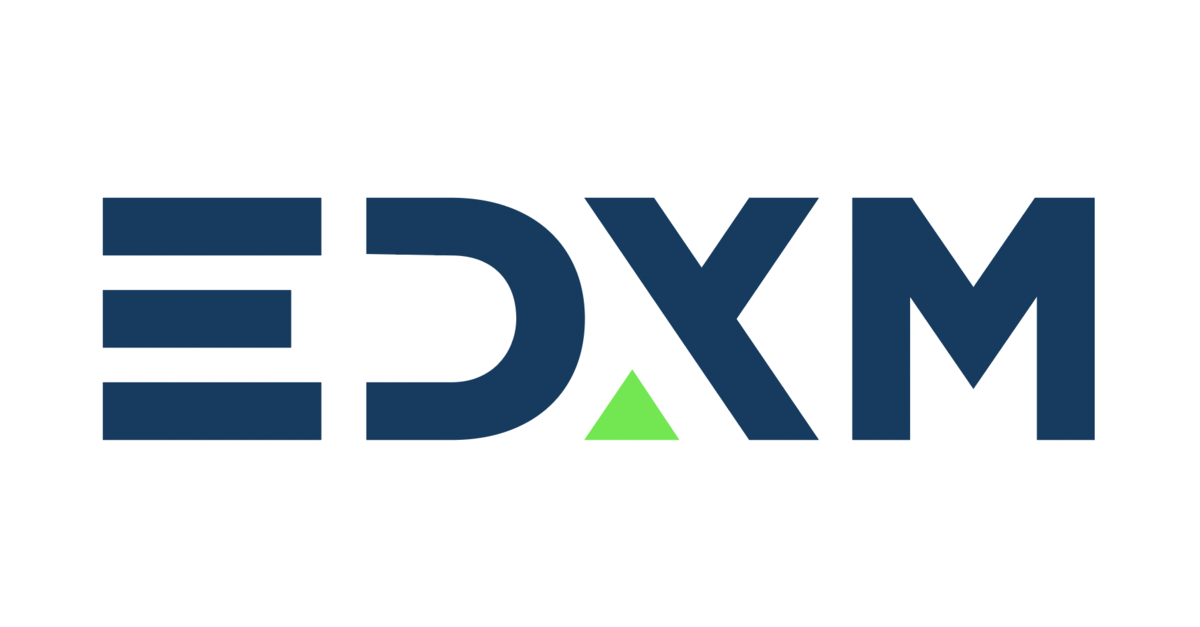Regarding the Ethereum Istanbul hard fork, we need to understand these (with user guide)
The eighth upgrade of the Ethereum network, the Istanbul hard fork, is scheduled to take place on December 6, 2019 . Readers who are unfamiliar with the term "hard fork" can think of it as a "network upgrade." The final exact upgrade date may vary based on the dynamic block time and time zone. As a result, users can track the Istanbul hard fork countdown on Etherscan .
The Istanbul hard fork is one of the upgrades in the Eth1.x phase. After Eth1.x, Serenity (ETH2.0) will be welcomed. The Ethereum consensus mechanism will also change from the current PoW (proof of work) to PoS (proof of equity). The currently determined height of the Istanbul upgrade block is # 9069000 , and this hard fork is expected to take place on Friday, December 6, 2019.
- Holding money or using DeFi to manage money, who is more profitable?
- Babbitt site 丨 Li Lin: Upgrade Huobi Cloud to provide digital financial solutions based on blockchain digital currency issuance and payment
- Bitcoin Mining 60 Days Visit: Recording the Mysterious Nugget Paradise
EIPs included in the Istanbul upgrade
- EIP-152: Add Blake2 compression function F pre-compilation. The EIP will enable the BLAKE2b hash function and other higher-order 64-bit BLAKE2 variants to run on EVM at low cost, thereby improving the interoperability of Ethereum with Zcash and other Poh cryptocurrencies based on the Equihash algorithm.
- EIP-1108: Because the cost of pre-compilation of the current elliptic curve algorithm is too high, this EIP plan reduces the gas cost of alt_bn128 pre-compilation. Repricing precompilations will be of great benefit to many privacy and extension solutions on Ethereum. [5]
- EIP-1344: At present, there is no specification on how to set a chain ID for a specific network. This operation depends on manual selection by the client executor and the blockchain community. The EIP recommends using a chain ID to prevent replay attacks between different chains, and when dealing with signatures (especially layer 2 signature schemes), having the same possibility inside a smart contract will help.
- EIP-1844: The rapid growth of Ethereum state has caused some opcodes to occupy more resources than ever. Therefore, the EIP re-prices certain opcodes to achieve a good balance between gas expenditure and resource consumption.
- EIP-2028: Calling data on the chain requires payment of gas on the Ethereum network. Part of the content of this EIP will reduce the cost from the current 68 gas / byte to 16 gas / byte, which will help increase the bandwidth so that more data can be accommodated in one block.
- EIP-2200: Provides a structured definition of net gas metering changes for SSTORE opcodes, enables new contract storage usage, and reduces excessive gas costs for most execution methods.
Network Upgrade User Guide
- Hold or trade ETH through mobile wallets such as MetaMask or Coinbase Wallet;
- Hold ETH on exchanges such as Coinbase, Binance, Kraken;
- Hold ETH through hardware wallets such as Ledger or Trezor.
If some of these services inform you of additional measures, such as exchanges, hardware devices, or wallet services, make sure to follow the recommendations where appropriate.
Node operator
Ethereum is a decentralized peer-to-peer network, so any user currently running the Ethereum infrastructure needs to update their software to an Ethereum client that is "fork-ready" (ready for this fork) Version and should be updated by December 1.
If you are running Infura , no changes are required. Infura is ready, no action is required on your part. For more than three years, Infura has been running a reliable Ethereum infrastructure and has proven to be sufficient to handle large-scale updates during a hard fork of the network. Infura safeguards the upgrade process so you can continue to build software with confidence.
The following software versions were released in late September. If you "miss the opportunity" and fail to upgrade the software in a timely manner, you will no longer be able to accurately obtain the source of the blockchain data. If you miss this fork, your node needs to resynchronize with the Ethereum blockchain, which can take hours or even days.
How nodes do "fork-ready":
- Check client pages regularly for software update announcements;
- Check the fork update information to determine if your application needs to take any action or if it will affect users;
- Update your nodes before reaching the fork block height.
What's next for Ethereum?
Phase 1 of Serenity will launch the Beacon chain , a proof-of-stake (PoS) blockchain that will be a sign that Ethereum has finally transformed the proof-of-stake consensus mechanism from proof-of-work.
We will continue to update Blocking; if you have any questions or suggestions, please contact us!
Was this article helpful?
93 out of 132 found this helpful
Related articles
- The funds were cheated under the name of the public chain. Where is the way out for the public chain?
- Securities Daily: Multi-regional efforts to promote blockchain technology innovation industry layout have their own focuses
- How long do analysts look at the market outlook?
- AFP: French central bank plans to test digital currency in first quarter of 2020
- The market exploded in the early morning, the main force repeatedly washed up
- Istanbul hard fork is coming, but Ethereum 2.0 is still 10,000 miles away
- Research Report | Blockchain Enabling Commodity Traceability and Anti-Counterfeiting






